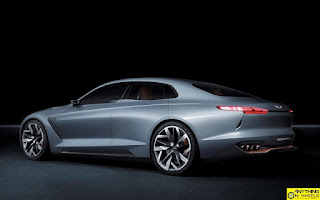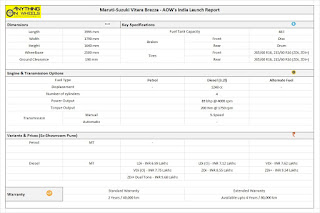When Lincoln unveiled the Continental Concept at the New York Auto Show last year, it not just marked the return of an iconic nameplate but also ushered in a new era and a new look for future models of the brand. This year, Lincoln has again chosen New York for the unveiling of yet another erstwhile star of its range, the Navigator. Of course, its just a concept for now but expect the production version to not look much different.
While Lincoln's new design language made an instant impression when it debuted in the Continental Concept, it took some time for us to appreciate it in the Navigator Concept. And that's because of its size. The Navigator Concept is huge and the new Lincoln face has grown bigger to match the full-size SUV's proportions. Lincoln says its designers were inspired by luxury sailboats and yachts while designing this vehicle and it shows! The large trapezoidal grille housing a large Lincoln logo, the clean surfaces devoid of rash cuts and creases, sleek full-length taillights and the wide confident stance - everything that made us like the Continental is in the Navigator too.
The superb gull wing doors and the concertina steps that cascade out once the doors open are pure eye-candy that unfortunately won't make it to production. The turbine blade-like wheels and the ultra low profile tires could be chopped for a more road-friendly design and specification.
More than the exteriors, its the Navigator Concept's cabin that left us smacking out lips. The steering wheel and dashboard are elegant yet minimalist, just the way we like. Twin individual seats arranged in three rows and are adjustable thirty ways with Lincoln even holding a patent for these 'Perfect Position Seats'. Head restraint-mounted monitors ensures connectivity and entertainment for passengers seated at the second and third rows while a wardrobe management system can even hold a day's gear for the occupants. If the Continental is any indication, we expect the production version of Navigator to not lose much on the way and that would make this an awesome place to travel in.
A 3.5-liter twin-turbo V6 engine sits under the hood, delivering greater than 400 horsepower to give the Navigator a real 'go anywhere' capability. Drivers can choose from several modes of steering, suspension and noise settings to get the driving experience that best suits them. The Navigator Concept features Pre-Collision Assist with Pedestrian Detection that uses radar and camera to scan the road ahead and help reduce the severity or even eliminate frontal collisions.
Having debuted in 2007, the existing Navigator is the oldest vehicle in the Lincoln lineup and the new model can't come any sooner. By the looks of it, the wait is going to be worth it!












































